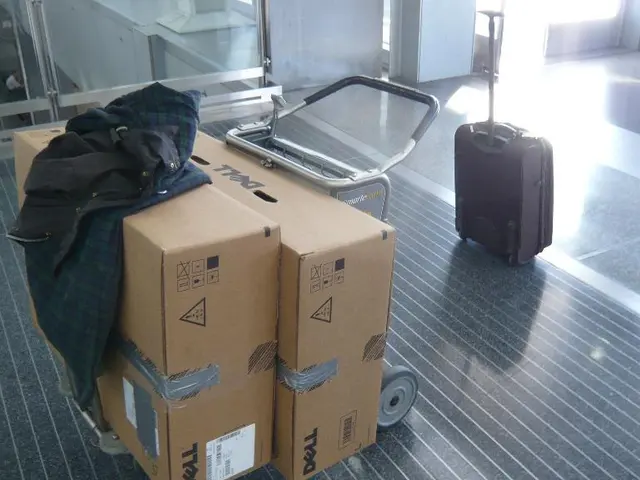Pennsylvania AI Center set to receive $6 billion investment from CoreWeave, aiming for up to 300 MW capacity; governor recently warned of potential state withdrawal from grid due to escalating power demand.
In the face of the explosive growth of AI data centers, tech companies are actively seeking innovative solutions to support their energy needs while minimizing strain on the national grid.
### Alternative Power Sources and Infrastructure Investments
To address the growing demand, companies are integrating renewable energy sources, repurposing existing power plants, and exploring nuclear energy options. For instance, many hyperscalers are partnering with renewable developers to create energy parks that co-locate AI data centers with renewable generation and storage facilities.
Some projects involve transforming retired fossil fuel plants into higher-capacity generation sites, such as the conversion of a retired coal plant in Pennsylvania into a large natural gas plant, more than doubling capacity to serve multiple AI data centers.
Studies suggest that existing fossil fuel plants with idle capacity could efficiently back up data centers alongside 800 GW of renewable energy capacity, potentially doubling U.S. generation capacity to meet AI demands. Some companies, like Google, have even considered nuclear reactors as potential reliable, low-carbon power sources.
### Strategies to Reduce Energy Consumption and Grid Strain
Tech firms are also employing AI-driven energy optimization, efficient hardware and software design, and multi-layer solutions to reduce energy consumption. AI is used to optimize electricity use inside data centers by monitoring and reducing inefficiencies, such as lowering cooling costs substantially.
Nvidia, for example, uses large language models (LLMs) to design semiconductors that balance performance and energy use, while labs have developed algorithms reducing chip electricity demand by 20–30%.
### Managing the Growing Demand and Grid Impact
The rapid increase in AI data center electricity demand could consume up to 3% of global electricity by 2030, doubling current levels and raising concerns about electricity shortages. In the U.S., AI data centers’ electricity demand might rise from 4.4% of total in 2023 to as high as 12% by 2028.
To cope, companies and grid operators are building data center campuses energized by high-capacity plants, utilizing fast interconnection opportunities at existing generation sites to add capacity quickly, balancing clean energy supply with fossil backups, and storing energy to smooth demand fluctuations.
Elon Musk, for instance, initially used portable power generators for his Memphis Supercluster, while CoreWeave's CEO, Michael Intrator, expects the Lancaster site to have its first 100 megawatts of capacity available to customers by next year.
In Pennsylvania, where the state is a net exporter of power and delivers up to 25% of the power supply to states in the Eastern and Midwestern United States, the growth of AI data centers is a significant factor affecting the power supply situation in many areas.
The project in Lancaster, Pennsylvania, is expected to result in 600 construction jobs and up to 175 permanent workers, demonstrating the potential economic benefits of such investments. However, the growth of AI data centers is also causing strain on the national grid, leading tech companies to invest in alternative sources like small modular nuclear reactors, which are not expected to come online until the early 2030s at the earliest.
In conclusion, tech companies are employing a variety of strategies to support the growth of AI data centers while managing the strain on the national grid. These multifaceted efforts aim to both support AI data center growth and alleviate strain on national electricity grids amid soaring global demand.
Data-and-cloud-computing companies are exploring alternatives like renewable energy sources, nuclear energy, and repurposing existing power plants to meet the energy needs of their growing AI data centers and minimize strain on the national grid. The integration of technology, such as AI-driven energy optimization, efficient hardware and software design, and large language models for semiconductor design, is playing a crucial role in reducing energy consumption and minimizing the impact on the grid.




